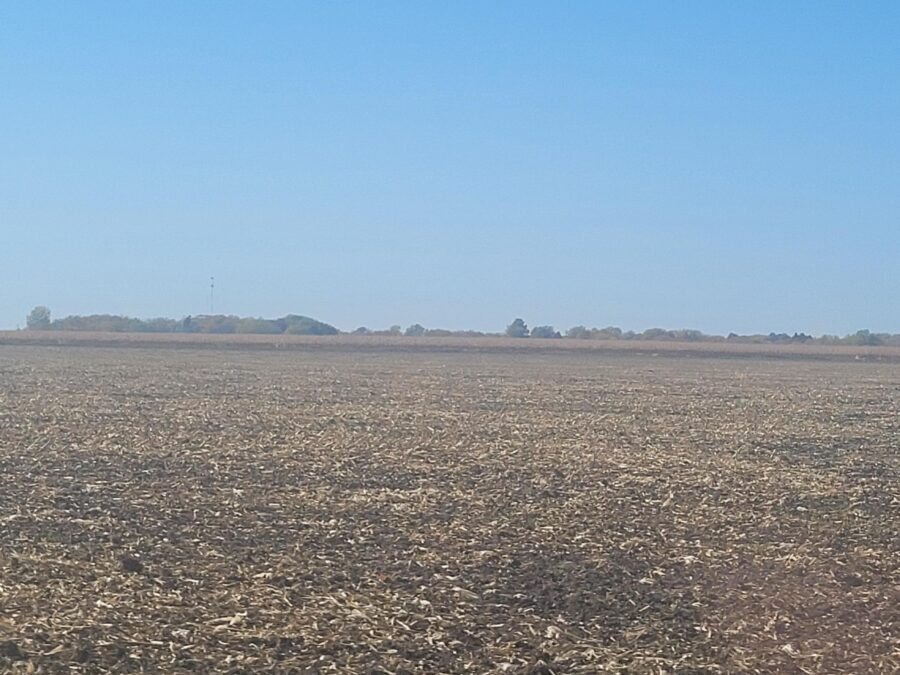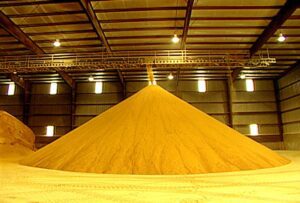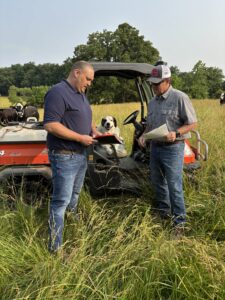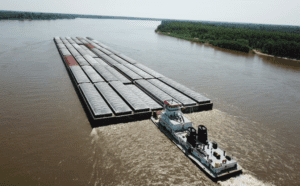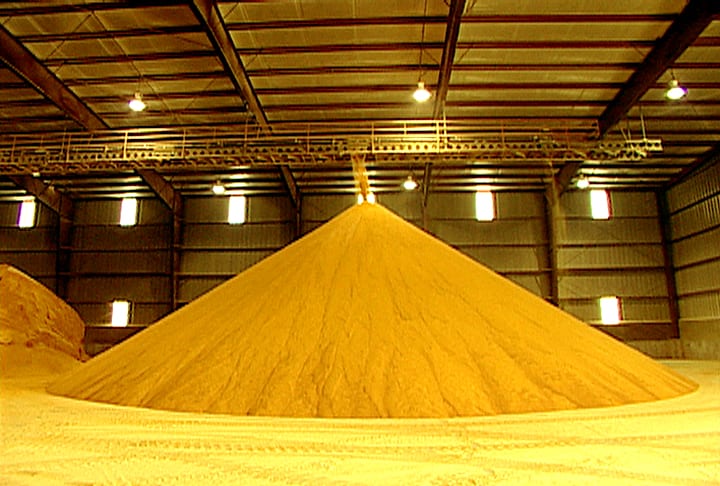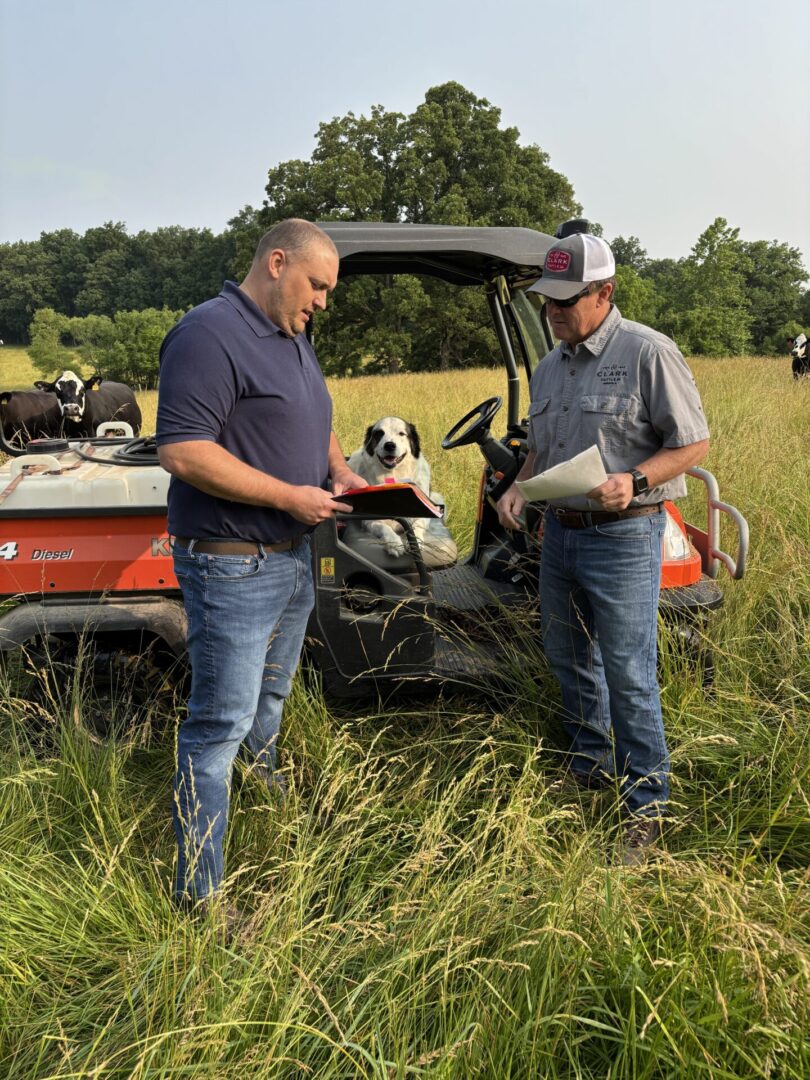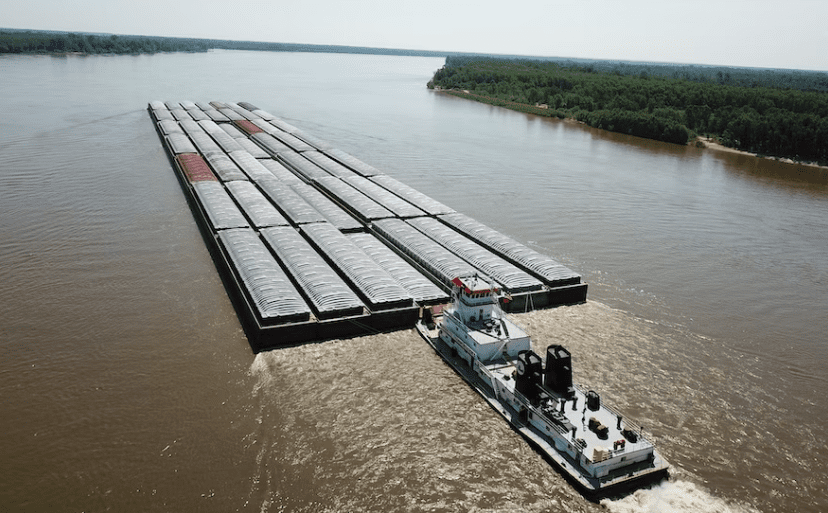Soil temperatures at the 4-inch level under bare ground remain too high across much of the Midwest for proper anhydrous ammonia applications. Soil temps are above 50 degrees and unsuitable for fall application says John Jones from University of Illinois Extension.
The reason we care about soil temperature when talking about fall applied or even even spring applied nitrogen, is that when the soil starts to warm up or is already warm like right now, the microbial life and biology within the soil is working and will convert certain forms of nitrogen to nitrate. Specifically, we’re talking about anhydrous ammonia. There will be an abiotic transition from ammonia to ammonium, and then our microbes will work through biological processes to convert ammonium to nitrate. If the soil temperature is high enough, usually we put a consistently (above) 50 degrees threshold on that. And then if there’s adequate soil moisture as well.
John Jones is a soil fertility specialist located at the University of Illinois in Urbana.
Last week the state-wide 24-hour air temperatures averaged above 50 degrees. The dry soil conditions allow the 4-inch soil temperatures to move quickly with the daytime highs. This week predicted 4-inch central Illinois soil temps are projected to peak in the 70s. Jones says anhydrous applications should be on hold until midweek rains come so that the knife track can seal properly and to wait until 4-inch soil temps are consistently below 50 degrees for the daytime highs. Jones says farmers throughout the Midwest may consult the online [Corn Nitrogen Rate Calculator] (https://www.cornnratecalc.org) to optimize total pounds of N applied from all sources to the agronomic conditions expected for the 2025 growing season.
***Courtesy of Todd Gleason, University of Illinois Extension***


